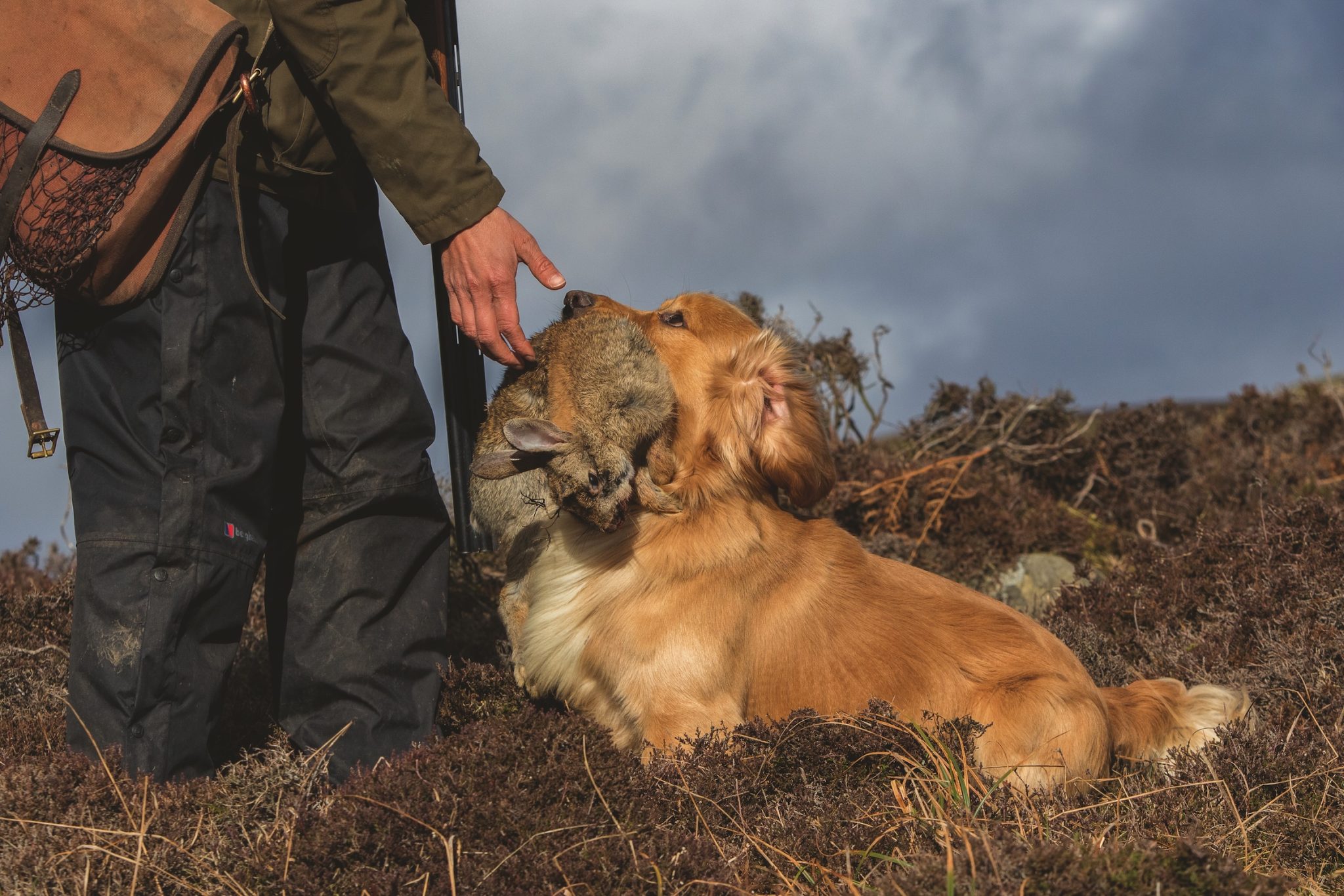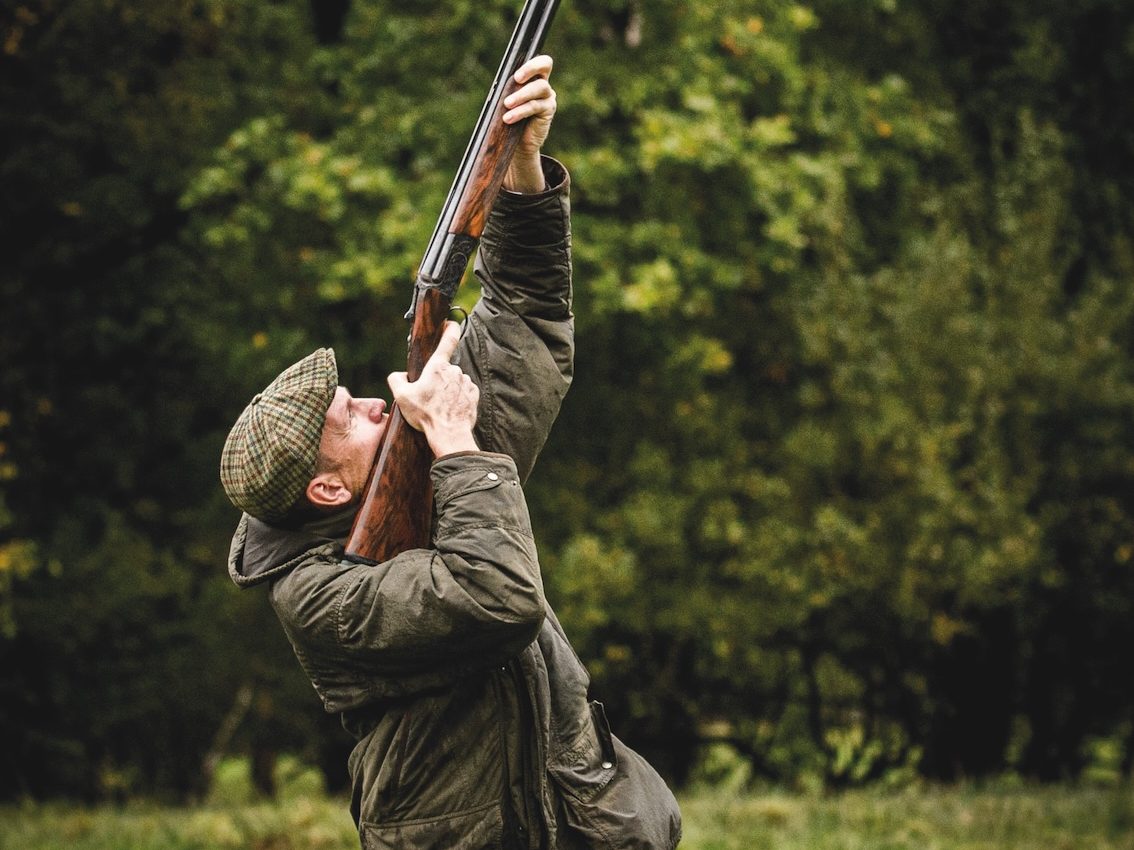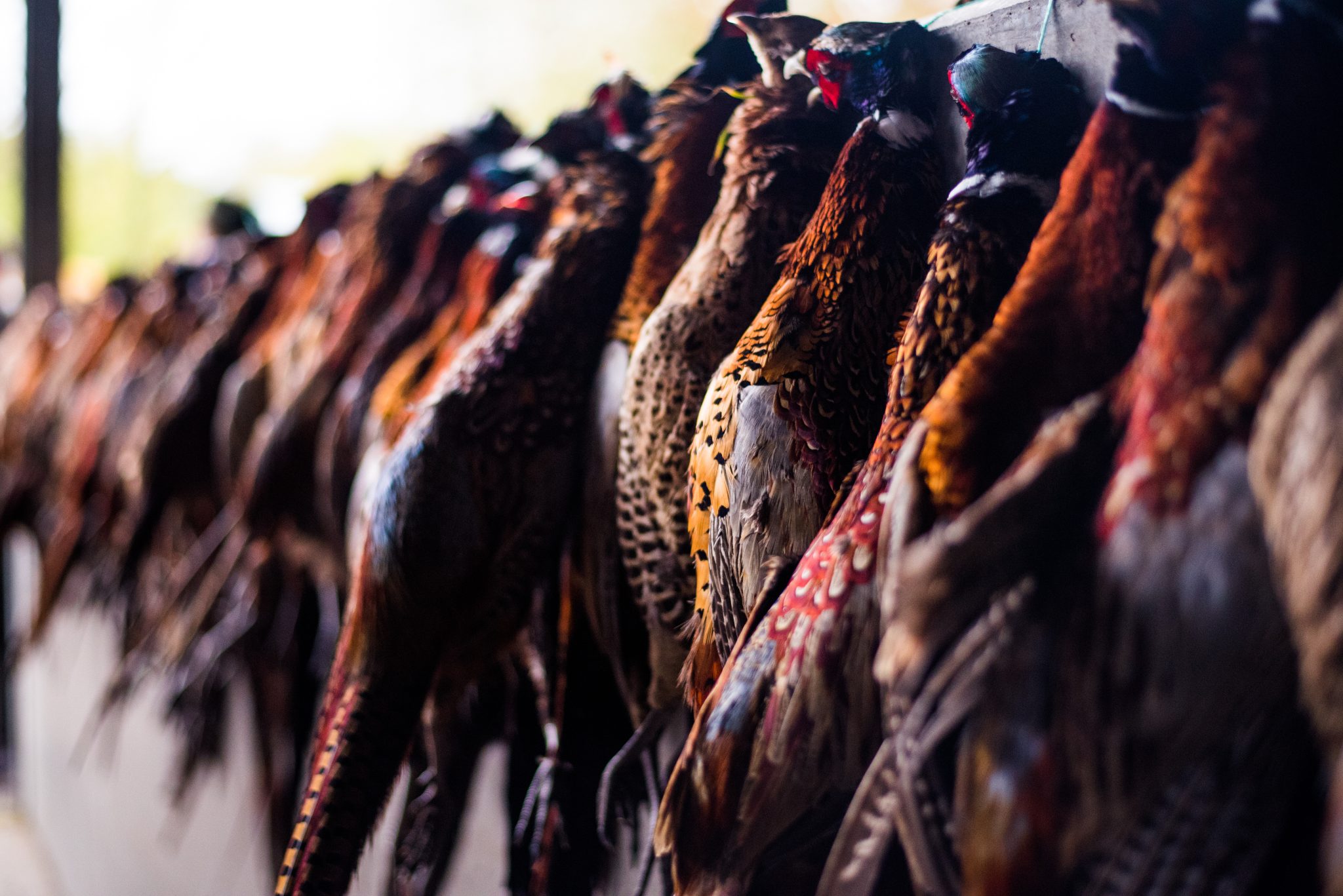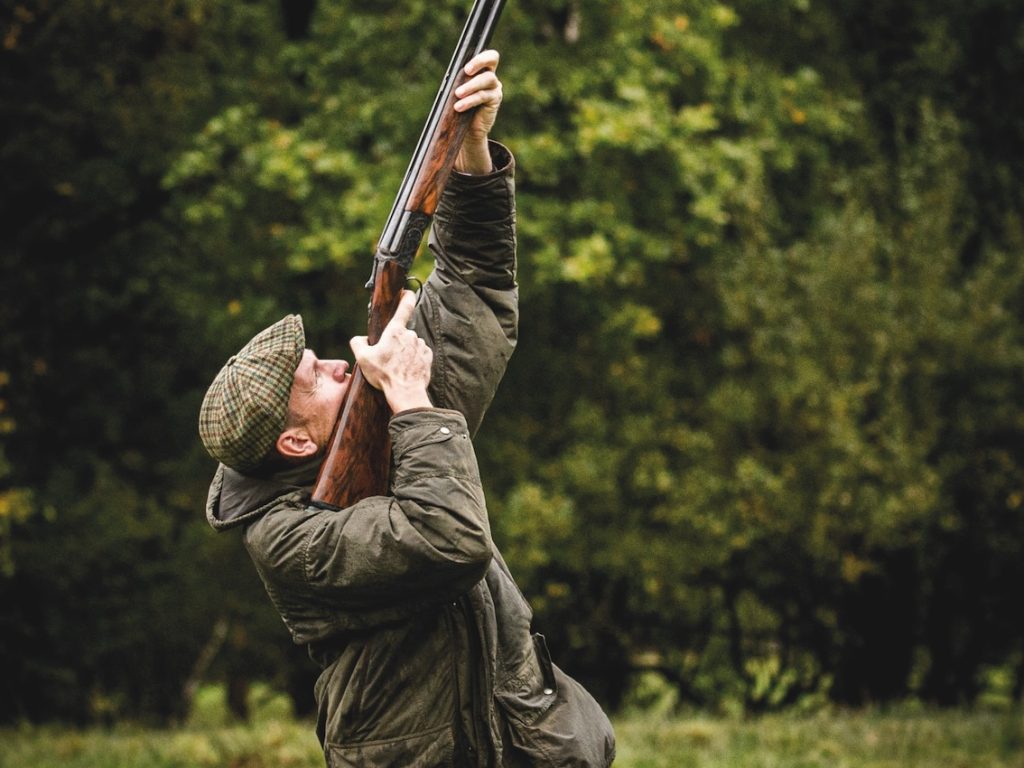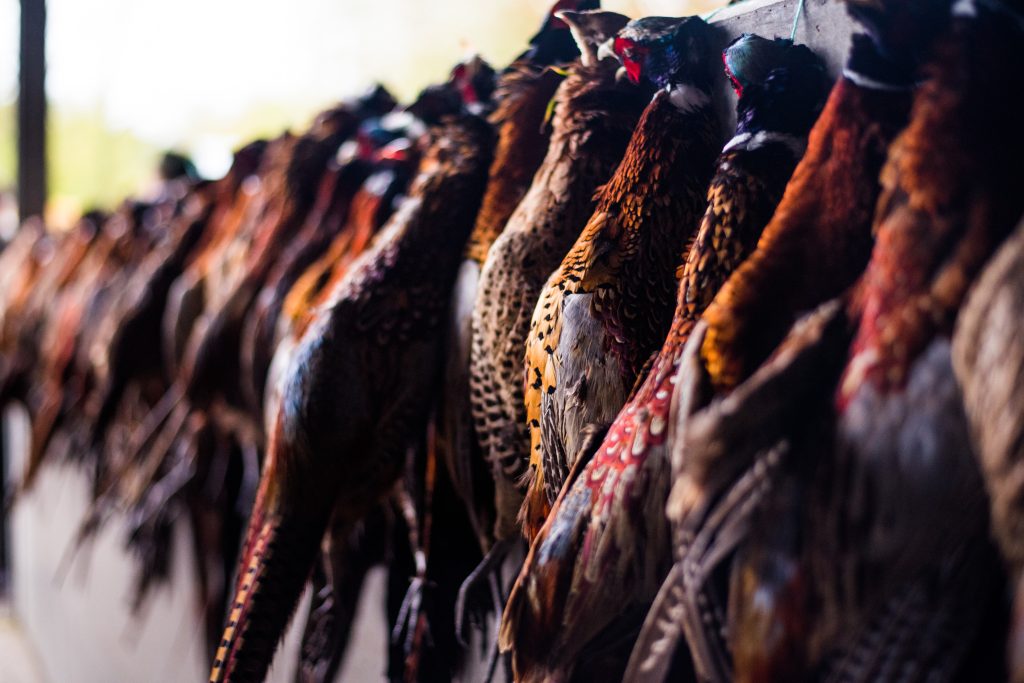Win CENS ProFlex DX5 earplugs worth £1,149 – enter here
Burning under fire
Proposed changes to the rules on muirburn licensing in England and Scotland ignore the complexities of the issue, says Conor O’Gorman
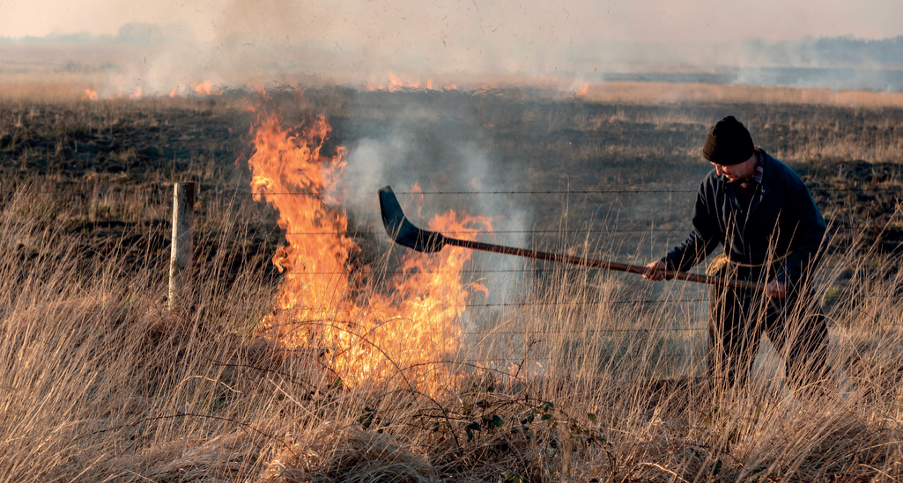
Controlled rotational cool burning of heather, which does not burn the underlying peat, has been traditionally practised for generations on grouse moors to manage moorland. This encourages the growth of new heather shoots, which are more palatable than older, woody heather to grazing livestock and grouse. It also increases biodiversity. Removing the fuel load of dense heather vegetation helps to prevent damaging wildfires.
The use of controlled cool burning as a management tool on moorland is highly site dependent. Done in the right place at the right time, it ticks all the boxes. However, done badly it can lead to a “hot burn”. This can result in damage to, or ignition of, the underlying peat, temperatures becoming higher still, and greater difficulty in controlling the fire.
Most hot burns are a result of wildfires breaking out on unmanaged moorland with high fuel loads during periods of extended dry weather. The initial fires are frequently caused by discarded glass bottles, cigarettes and disposable barbecues. Last year, the Cairngorms National Park Authority agreed to a new bylaw designed to tackle campfires and a wildfire mitigation plan has been drafted.
Moorland management is a complex issue and views on the use of controlled burning have become polarised in recent years. Much of this is driven by those ideologically opposed to grouse shooting using emotive, unevidenced arguments about grouse moors reducing water quality and increasing flood risk.
In 2021, the High Court dismissed a Wild Justice “speculative” attempt to judicial review Defra’s burning legislation in England. BASC, the National Gamekeepers’ Organisation, the Countryside Alliance and the Moorland Association successfully applied to join the proceedings as interested parties. As a result, they were able to submit evidence to the judge in the case, who considered this material when reaching his decision to throw out the case.
However, calls for restrictions have continued, which has resulted in proposals that may change the rules on heather burning in England and Scotland. A Scottish government consultation on a revised Muirburn Code recently ended, and this will underpin a proposed new muirburn licensing scheme.
BASC has called for a pause to the implementation of muirburn licensing until the 2026-27 season (News, 7 May) because of ambiguous guidance on peatland depth measurement, the unclear distinction between legal obligations and best practice, and overly prescriptive restrictions for burning on slopes.
A key issue is changing the definition of peatland from a 50cm to 40cm depth of peat because national survey data is currently only available for peat at depths greater than 50cm.
In England, changes to peatland definitions are also being considered. A Defra consultation that runs until 25 May contains proposals to expand the area of peatland in England subject to heather-burning licensing from an estimated 222,000ha to more than 368,000ha, by defining deep peat as anything over 30cm rather than 40cm.
Defra says the proposals are supported by evidence provided by Natural England, with controlled (also called “prescribed”) burning continuing under licence where there is a clear need – for example, to reduce wildfire risk. The 2007 Heather and Grass Management Code is also being revised and may become mandatory to comply with. BASC is challenging many of the proposals and is encouraging members to respond to the consultation by 25 May. You can find guidance on BASC’s website.
Wildfires
While policy discussions continue at national level, wildfires continue to rage across the UK – with more than 286 reported in the first four months of 2025.
Putting all the politics to one side, the fact is that gamekeepers employed by grouse moors play a key role in mitigating wildfires through controlled burning of heather. They also help the fire service when wildfires do occur, often in neighbouring unmanaged areas. BASC will continue to argue for a common-sense approach to the rules on heather burning on moorland.
Related Articles
Get the latest news delivered direct to your door
Subscribe to Shooting Times & Country
Discover the ultimate companion for field sports enthusiasts with Shooting Times & Country Magazine, the UK’s leading weekly publication that has been at the forefront of shooting culture since 1882. Subscribers gain access to expert tips, comprehensive gear reviews, seasonal advice and a vibrant community of like-minded shooters.
Save on shop price when you subscribe with weekly issues featuring in-depth articles on gundog training, exclusive member offers and access to the digital back issue library. A Shooting Times & Country subscription is more than a magazine, don’t just read about the countryside; immerse yourself in its most authoritative and engaging publication.



